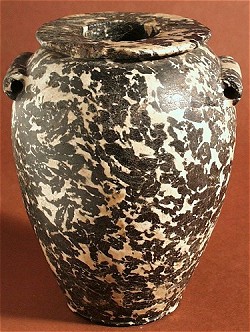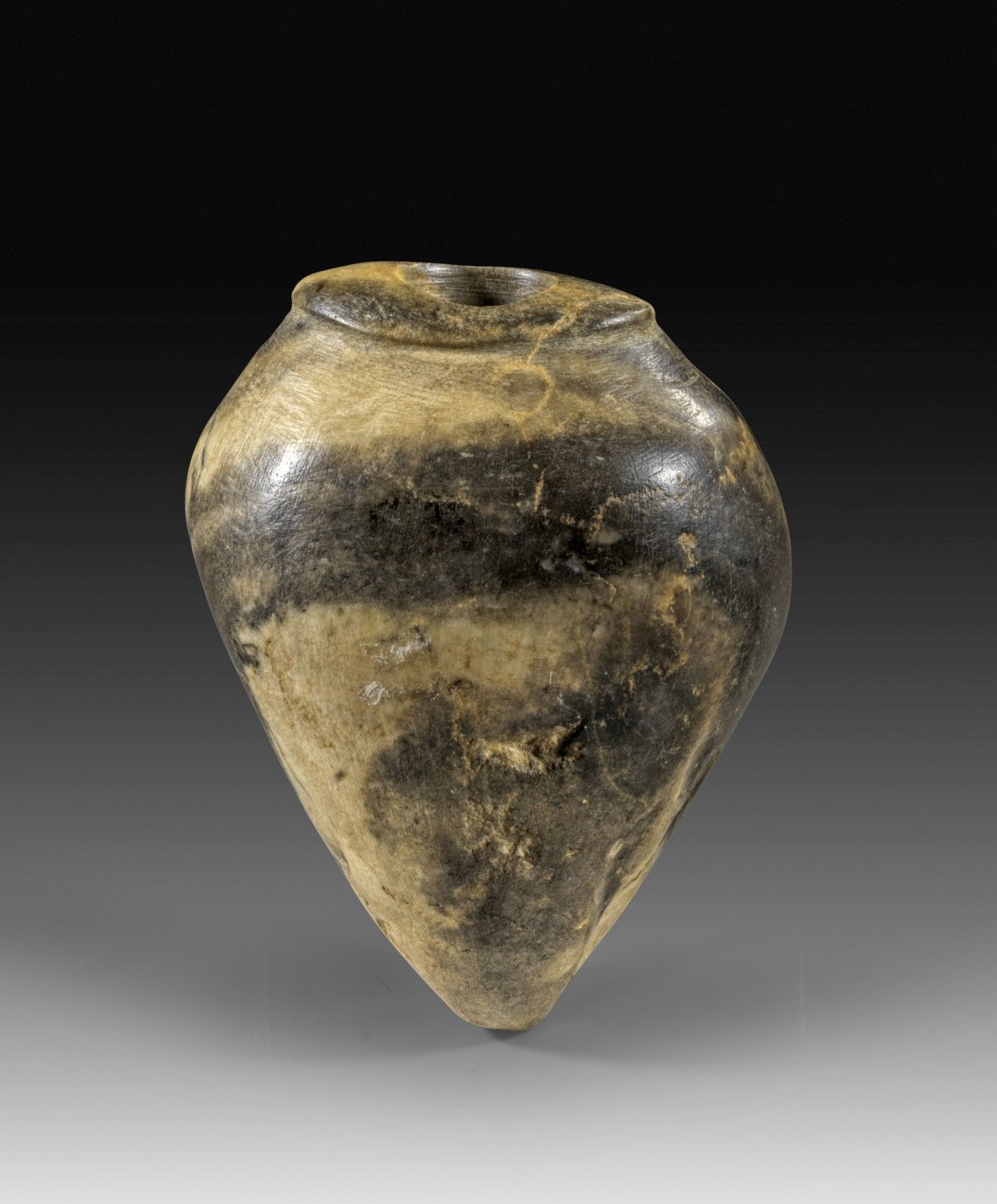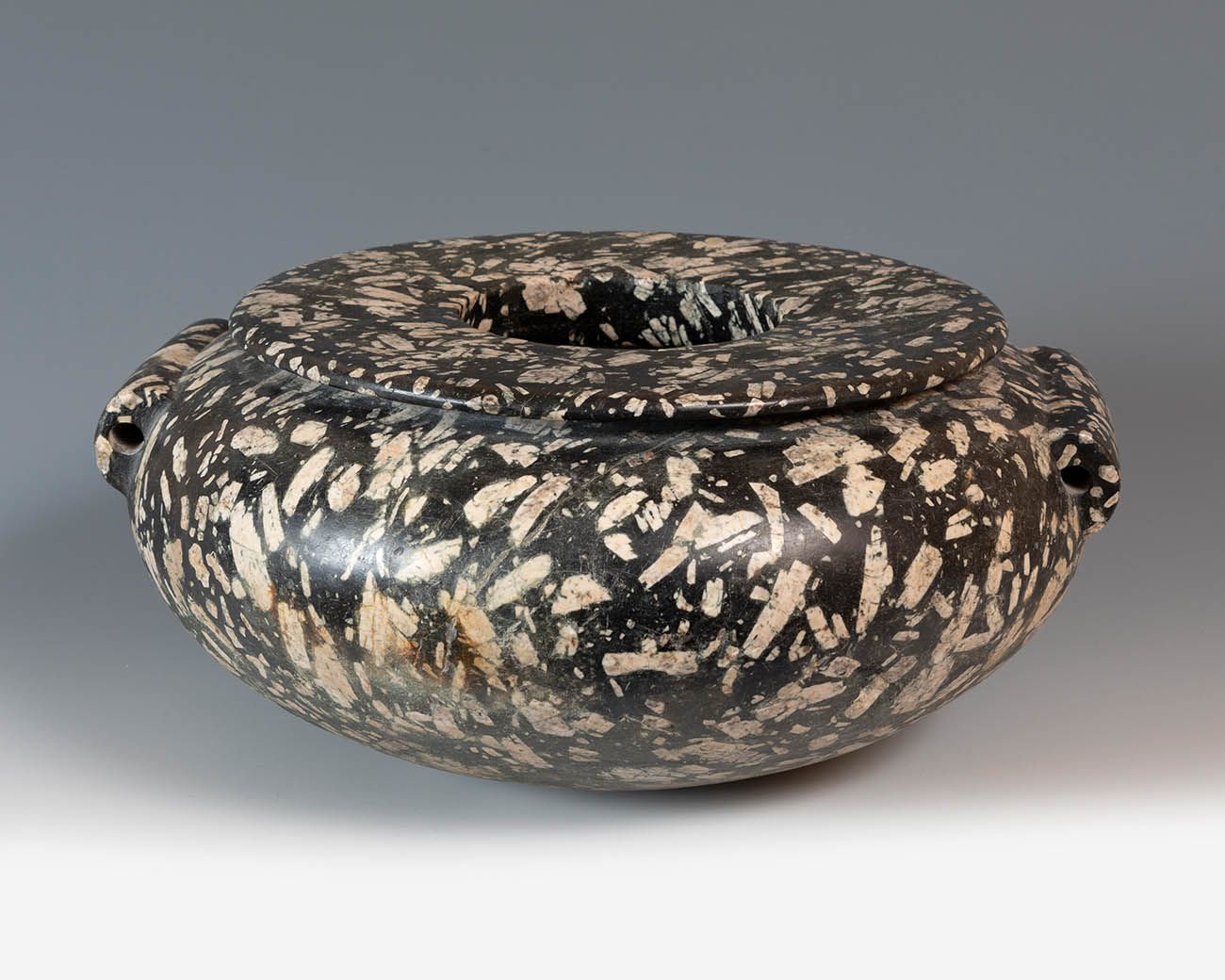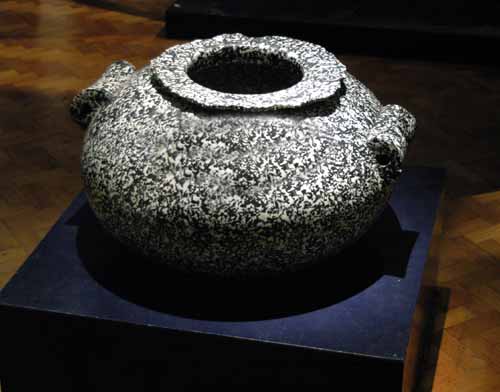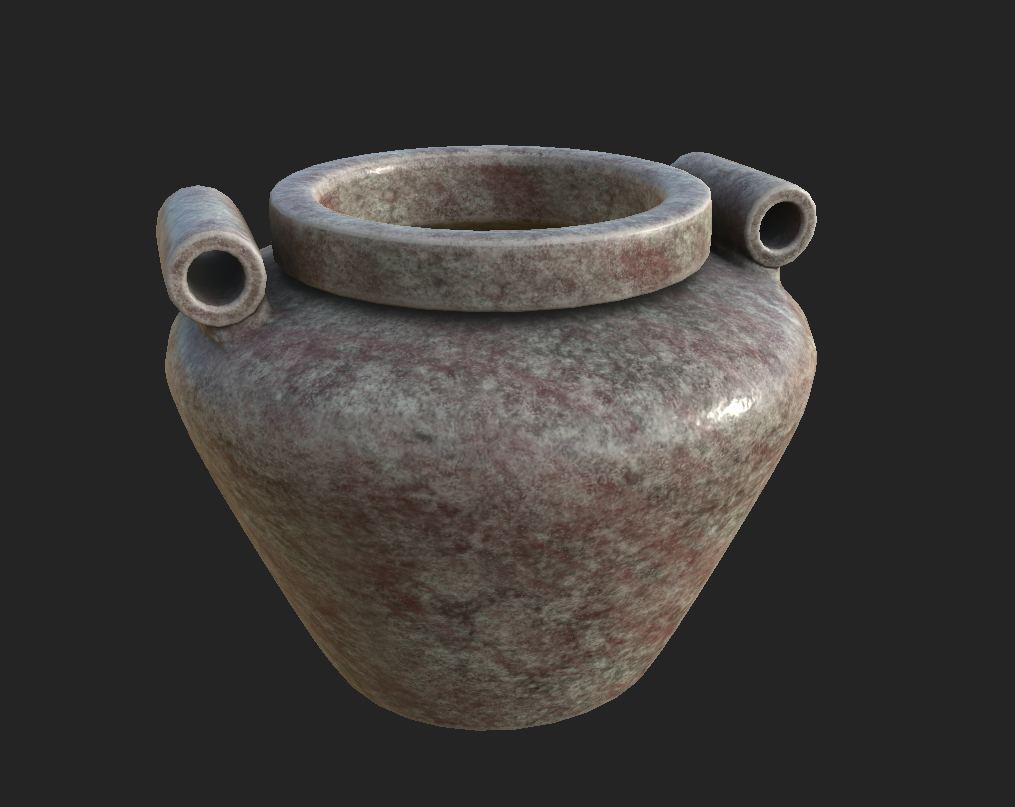
Image of Selection of unguent vases made from breccia, diorite, blue marble by Egyptian, Middle Kingdom (2040-1640 BC)

An Egyptian Gneiss (“Chephren Diorite”), 5th/6th Dynasty, 2520-2195 B.C. | Ancient Sculpture and Works of Art | 2021 | Sotheby's
Pair of vases | possibly Russian, St. Petersburg with French mounts | The Metropolitan Museum of Art

Ancient LIZARD Vase Antique Pottery Shabby Chic Gecko Salamander Vessel at Gothic Rose Antiques - Etsy

File:Egyptian diorite vase (30th cent. B.C.) at the National Archaeological Museum of Athens on October 6, 2021.jpg - Wikimedia Commons
![Jar with sharp-edged rim crafted from Hornblende diorite ⨳ Predynastic Egypt (Naqada) ⨳ c. 3500-3100 BCE ⨳ H: 14.3 cm, W: 11 cm [2593x2223] : r/ArtefactPorn Jar with sharp-edged rim crafted from Hornblende diorite ⨳ Predynastic Egypt (Naqada) ⨳ c. 3500-3100 BCE ⨳ H: 14.3 cm, W: 11 cm [2593x2223] : r/ArtefactPorn](https://preview.redd.it/jar-with-sharp-edged-rim-crafted-from-hornblende-diorite-v0-urtwl4hviosb1.png?auto=webp&s=690345f5c45c832bf84f0c5fbecccc936fcefbad)
Jar with sharp-edged rim crafted from Hornblende diorite ⨳ Predynastic Egypt (Naqada) ⨳ c. 3500-3100 BCE ⨳ H: 14.3 cm, W: 11 cm [2593x2223] : r/ArtefactPorn




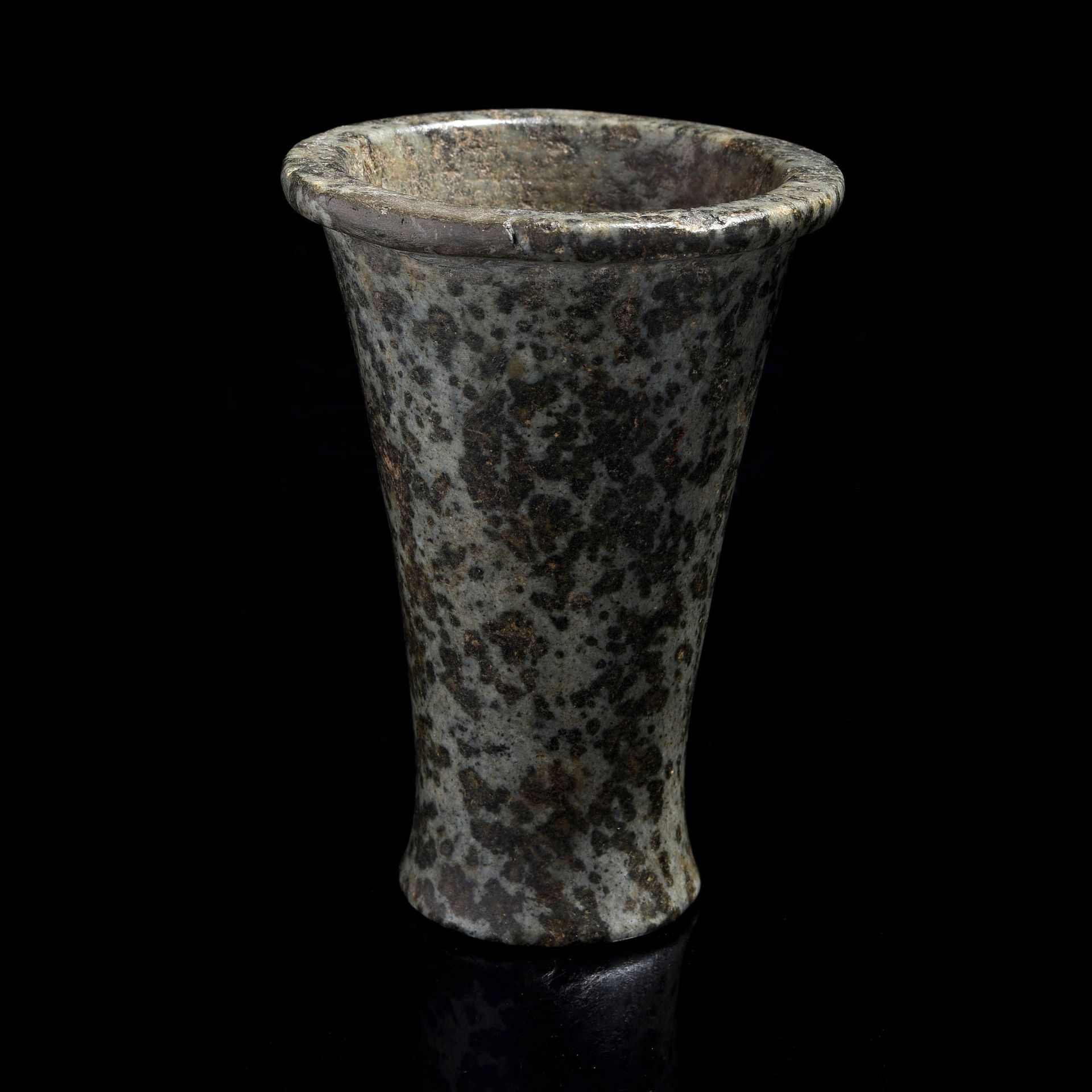




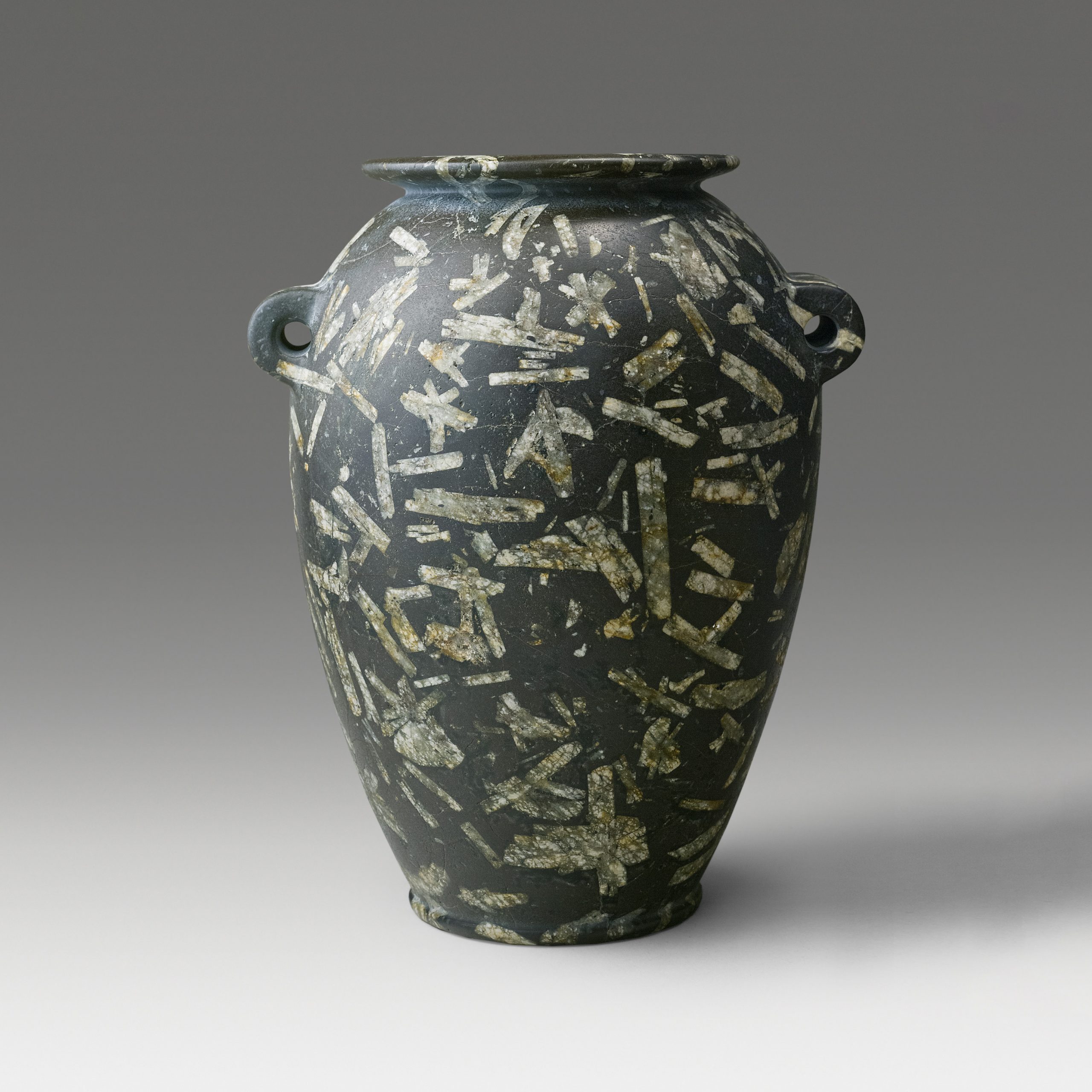
![FMNH 30677.nosub[1] | Anthropological Collections FMNH 30677.nosub[1] | Anthropological Collections](https://fm-digital-assets.fieldmuseum.org/415/396/CN0027_30677_ATOverallReverse_XMP2.jpg)

